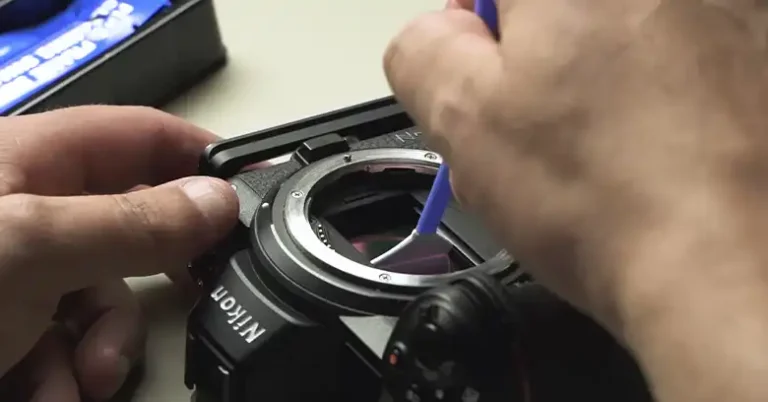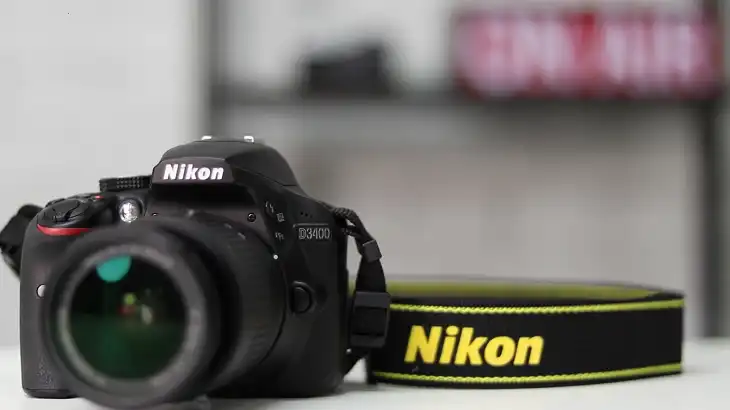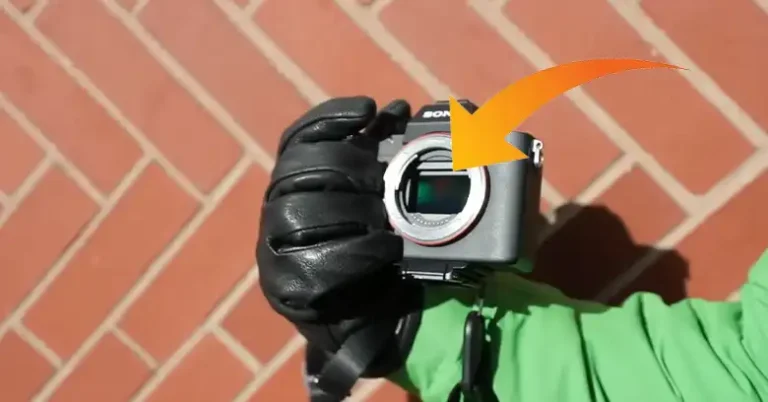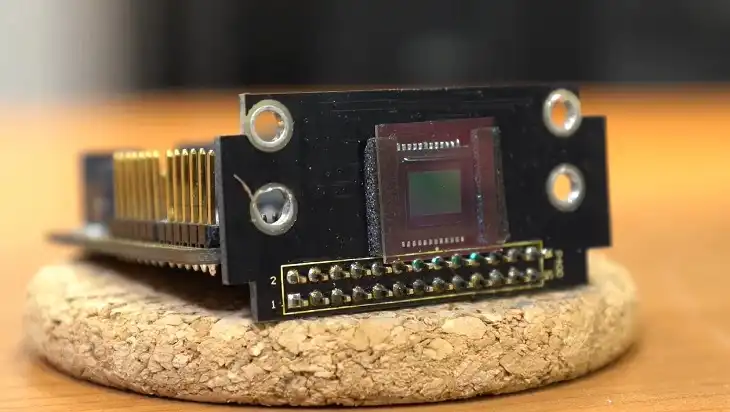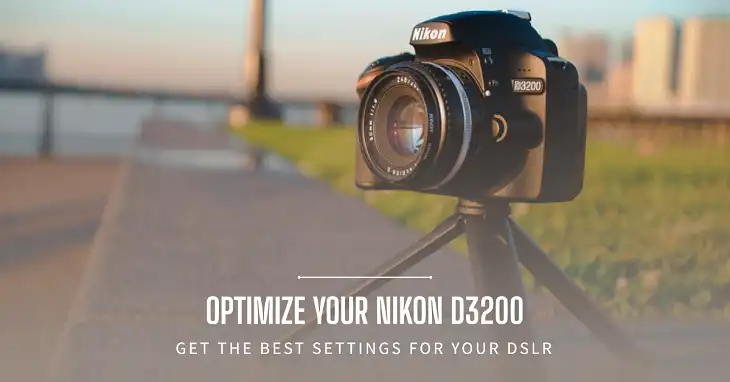Why Aren’t All Viewfinders 100%?
In the world of photography, the viewfinder is a crucial tool that allows photographers to preview the scene before capturing an image. The viewfinder coverage percentage determines how much of the actual image sensor’s field of view is visible through the viewfinder.
A 100% viewfinder coverage means that what you see through the viewfinder is an exact representation of what will be captured by the camera’s sensor, ensuring precise framing and eliminating any surprises in the final image. So why aren’t all viewfinders 100%?
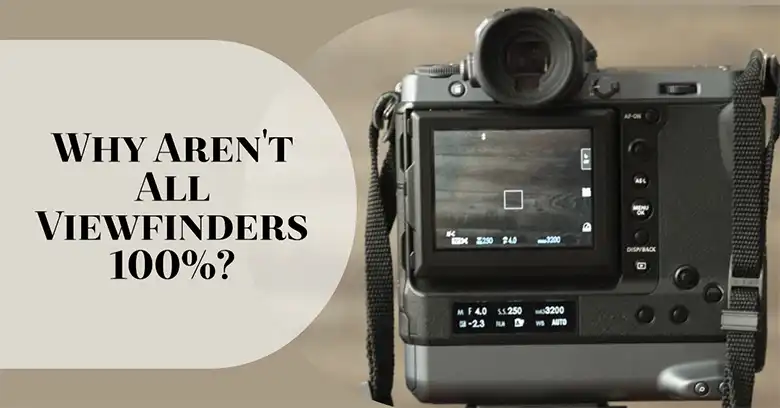
The Importance of 100% Viewfinder Coverage
A 100% viewfinder coverage is highly desirable for photographers who demand accurate framing and composition control. It adheres to the “What You See Is What You Get” (WYSIWYG) principle, ensuring that the final image matches the viewfinder’s perspective precisely. This is particularly advantageous for professional photographers working in genres such as landscape, architecture, and product photography, where accurate framing is crucial.
So why did 100% viewfinder become less important to camera manufacturers?
Historical Context and Evolving Preferences
In the past, when slide film was prevalent, a 100% viewfinder was essential to ensure accurate framing, as slides were not easily cropped like digital images. However, with the advent of digital photography and post-processing capabilities, the necessity for 100% coverage has evolved. Some photographers still value 100% coverage for precise composition and to avoid framing surprises in the final image, especially in professional settings where image structure is critical. Others, however, may prioritize different aspects of a camera’s performance based on their shooting styles and individual preferences.
Why All Viewfinders Aren’t Made 100?
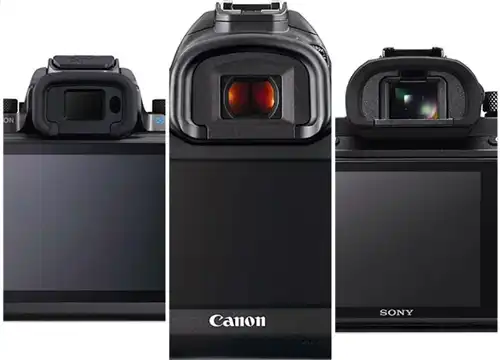
Cost and Manufacturing Considerations
One of the primary reasons why not all viewfinders offer 100% coverage is the additional precision required in manufacturing. Achieving a perfect alignment between the viewfinder optics (such as the pentaprism or mirror) and the image sensor requires tighter tolerances and more complex calibration processes. This increased precision translates to higher production costs, which can significantly impact the overall camera pricing.
For example, entry-level DSLRs often have viewfinder coverage around 95%, while higher-end models may offer 98% or even 100% coverage, reflecting the additional manufacturing costs associated with achieving that level of accuracy.
Trade-offs with Other Camera Features
While a 100% viewfinder is desirable, camera manufacturers sometimes have to make trade-offs with other features to cater to different target audiences or to keep costs manageable. For instance, achieving a larger viewfinder image (higher magnification) might require sacrificing some coverage percentage. Similarly, complex viewfinder designs with higher coverage may have slightly reduced brightness compared to their counterparts.
Manufacturers carefully balance these trade-offs based on the intended audience. For casual photographers, features like advanced autofocus systems, image stabilization, or ease of use might take priority over a 100% viewfinder coverage.
Calibration Challenges
Even with the most precise manufacturing processes, achieving a perfect 100% match between the viewfinder and the sensor can be challenging due to the intricate calibration process involved. Slight variations in alignment can lead to minor cropping or framing differences between the viewfinder and the final image.
While these variations are typically minimal, they can be noticeable in certain situations, especially for critical applications where precise framing is essential. Some camera models are known for their exceptional viewfinder calibration, minimizing these potential discrepancies.
Does Viewfinder Coverage Affect Magnification?
There’s no direct correlation between viewfinder coverage percentage and magnification. Magnification refers to how much larger the image appears in the viewfinder compared to real life. A high-magnification viewfinder makes the scene seem bigger and easier to compose details.

Coverage, on the other hand, is about what you see. It indicates what portion of the actual image captured by the sensor is shown in the viewfinder.
However, cameras with very high magnification (often exceeding 1x) might sacrifice some viewfinder coverage to achieve a larger image. High-end cameras aimed at professionals often have both high viewfinder coverage (ideally 100%) and good magnification for precise framing.
Here’s a table with some real camera models showing their viewfinder coverage and magnification to illustrate the point:
| Camera Model | Viewfinder Coverage | Magnification |
| Canon EOS R3 | 100% | 0.76x |
| Nikon Z9 | 100% | 0.80x |
| Sony a7 IV | 99% | 0.78x |
| Fujifilm X-T4 | 95% | 0.76x |
| Canon EOS Rebel T8i (SLR) | 95% | 0.50x |
| Nikon D3500 (SLR) | 95% | 0.51x |
As you can see, high-end mirrorless cameras often have better magnification compared to entry-level DSLRs. However, a 100% viewfinder doesn’t guarantee high magnification, and vice versa.
Remember: Choose a camera with viewfinder specs that suit your needs. Prioritize high coverage for precise framing and magnification for easier detail work.
Why Mirrorless Cameras Offer Better Viewfinder Magnification?
Mirrorless cameras have an inherent advantage when it comes to viewfinder coverage because they typically employ electronic viewfinders (EVFs) that display a live feed from the image sensor. As a result, most mirrorless cameras offer 100% viewfinder coverage by default.
However, it’s important to note that EVFs may have limitations compared to the optical viewfinders (OVFs) found in DSLRs, such as lower refresh rates, potential for lag or blackout during continuous shooting, and lower resolution in some cases.
What Are The Alternatives to a 100% Viewfinder>
If your camera doesn’t have a 100% viewfinder coverage, there are a few alternatives and workarounds you can consider:
1. Live View Composition: Many modern cameras offer a live view mode, which displays the scene on the rear LCD screen, allowing you to compose and focus accurately. However, this method can be less convenient for certain shooting situations and may drain the battery faster.
2. Learning to “Know Your Camera”: Experienced photographers can learn to estimate the framing based on their camera’s specific viewfinder coverage and adjust their composition accordingly. This approach requires practice and familiarity with your camera’s viewfinder characteristics.
3. Third-Party Viewfinder Accessories: Some manufacturers offer viewfinder magnifiers or additional eyepiece accessories that can increase the viewfinder coverage or magnification, providing a closer approximation to 100% coverage.
Summary
While a 100% viewfinder coverage is desirable for many photographers, it’s not a universal feature across all camera models. Factors such as cost, manufacturing precision, calibration challenges, and trade-offs with other features play a role in determining whether a camera offers a 100% viewfinder or not.
If precise framing and composition control are critical for your work, or if you heavily rely on manual focus techniques, then a 100% viewfinder may be a worthwhile investment. However, if you’re a casual photographer or prefer other features like advanced autofocus or image stabilization, a non-100% viewfinder might be a reasonable compromise.

